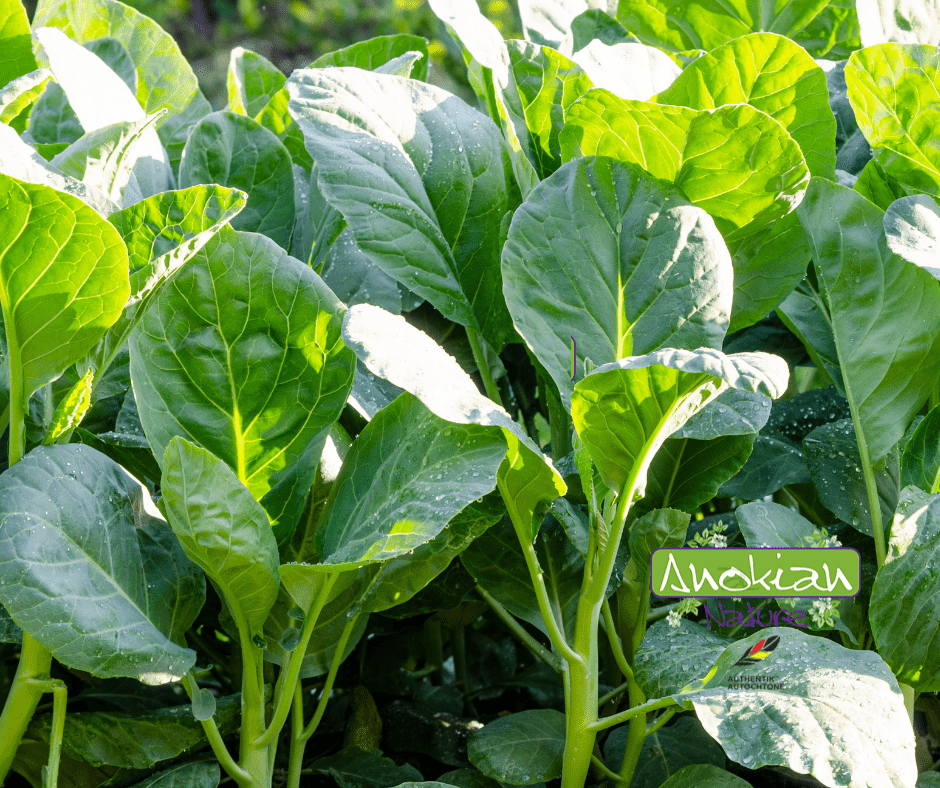Skip to product information










Seed | Broccoli Yu Choi Sum
$3.99 CAD
Quantity
Yu Choi Sum broccoli seeds are an Asian variety prized for their tender stems and delicate floral bouquets. A robust cultivar offering excellent disease resistance and abundant production.